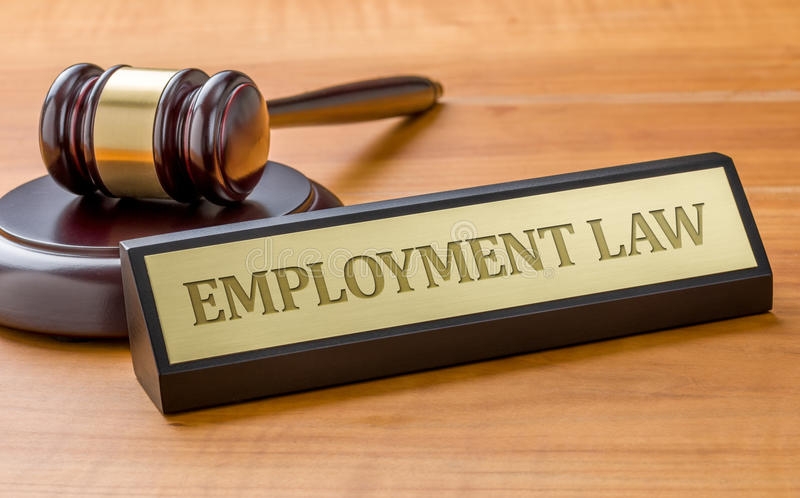Sexual harassment is defined by the Equality and Human Rights Commission (EHRC) as “unwanted conduct of a sexual nature” that has the purpose or effect of “violating a worker’s dignity” or “creating an intimidating, hostile, degrading, humiliating or offensive environment”.
Harassment including Sexual harassment is already prohibited under the Equality Act 2010. The Worker Protection (Amendment of Equality Act 2010) Act 2023 (Worker Protection Act) due to come into force on 26 October 2024 will expand on this and specifically:
- Introduces a duty on employers to take reasonable steps to prevent sexual harassment of their employees
- Gives employment tribunals the power to uplift discrimination compensation by up to 25% where an employer is found to have breached the new duty to prevent sexual harassment
This preventative duty only applies to sexual harassment. It does not cover harassment related to a protected characteristic (including sex), or less favourable treatment for rejecting or submitting to unwanted conduct.
It applies to sexual harassment that takes place during the course of employment (including sexual harassment from Third Parties, such as customers, clients, visitors etc).
How Do You Know What Reasonable Steps Are?
Realistically as an employer you cannot guarantee that there will never be any sexual harassment in the workplace, but much bigger efforts from the employer to prevent this happening are now required.
It is not enough to have an anti-harassment policy, circulate it to the workforce and arrange some training.
However, there is no specific criteria or list of minimum standards an employer must meet, and whether an employer has taken reasonable steps will be an objective test for a Tribunal and depend on the circumstances of each situation. Factors such as the size and resources of a business, and the risks which are present in the sector and the individual workplace would be taken into account but essentially a Tribunal would look at what measures were in place before an incident and would also consider if there were any other steps that could have reasonably been taken, that were not.
Preventative Measures You Should Take
- Ensure that you promote and maintain a supportive and inclusive culture and work environment which will raise awareness and facilitate the reporting of complaints.
- Make it clear that the business does not tolerate unacceptable behaviour and demonstrate this by dealing quickly and effectively with any issues.
- Build awareness of what sexual harassment is e.g.: through different types of communications, including examples and definitions.
- Ensure you have either a separate robust policy for sexual harassment or revisit existing policies that deal with harassment and ensure sexual harassment is included, (and not just as an afterthought). The policy should include the employer’s expectations of behaviour, a clear documented process on how to report any issues whether as a witness or the individual experiencing harassment, and the preventive measures the business is taking.
- In addition, you should also have robust equal opportunities and grievance policies in place.
- Any related policies such as IT and social media should also support anti-harassment e.g.: by covering what are acceptable online communications.
- Organise online or face to face training for all employees including regular refresher training. With Management training follow up to make sure that Managers are comfortable with what they need to do if a complaint is received and how to handle it correctly
- Ensure you investigate any complaints that you receive effectively – sensitively and confidentially e.g. ensuring the complainant is comfortable with the investigating manager and what will happen.
- Carry out risk assessments and identify areas of weakness e.g. lone working or where there is substantial contact with third parties. From these take appropriate steps to mitigate risk.
- Regularly monitor and review your policy and procedure, this could include undertaking anonymous staff surveys for example, or following up to see if any improvements can be made to the way something was previously investigated or dealt with.
- Ensure you engage and consult unions and/or workplace representatives, or where these don’t exist, directly with employees, in developing your policies, procedures and considering your preventative measures.
This is not an exhaustive list and will be dependent on your size, resources and the nature of the business.
Third Party Harassment
Although sexual harassment by third parties is not currently covered by the Equality Act 2010, the EHRC have made it clear that the new duty to prevent harassment will need to consider what steps are taken to prevent it happening in the course of employment.
It remains to be seen whether a failure to comply with the duty in relation to third parties will lead to an uplift to compensation.
However, the EHRC’s powers of enforcement will still apply, which means a failure of this duty in relation to third parties, could lead to EHRC investigations and reputational damage. It is believed that the EHRC will view third-party harassment as seriously as internal incidents.
The Uplift of Compensation
Compensation for sexual harassment claims is assessed in the same way as other discrimination claims and incorporates financial loss as a result of the harassment, injury to feelings, and any other damages.
From 26 October 2024, where an employment tribunal finds that there has been harassment which an employer is liable for, (regardless of whether this harassment is sexual or not), and the tribunal orders compensation for discrimination to be paid, the tribunal must consider if it involved sexual harassment to any extent, including third party harassment, and if so, if the employer also contravened the duty to take reasonable steps to prevent sexual harassment of its employees. The uplift of up to 25% of the compensation will reflect the extent of the contravention the tribunal finds.
The extent to which this happens in any given claim is yet to be tested and case law will start accumulating from the end of October.
In addition to the consequences above, the EHRC may enforce a standalone breach of the duty as an unlawful act under its existing enforcement powers.
Next steps
By working through the preventative measures listed above, you will put your business in the best possible place to defend itself should it be faced with a claim of harassment, and the preventive duty be assessed by a Tribunal.
Wirehouse are able to support you with this exercise by:
- Supporting with the drafting of a robust Sexual Harassment Policy.
- Helping you with the tools to assess the trigger points specific to your business, employees and other third parties, such as providing risk assessments, and questionnaires for staff.
- Providing feedback and guidance on the risks identified and measures to be put in place, and specified in any policy.
- Helping with any communications for staff and third parties.
- Delivering training and refresher training for managers, and employees in general.
Need Advice on the changes? Call 033 33 215 005 or email websiteenquiries@wirehouse-es.com


